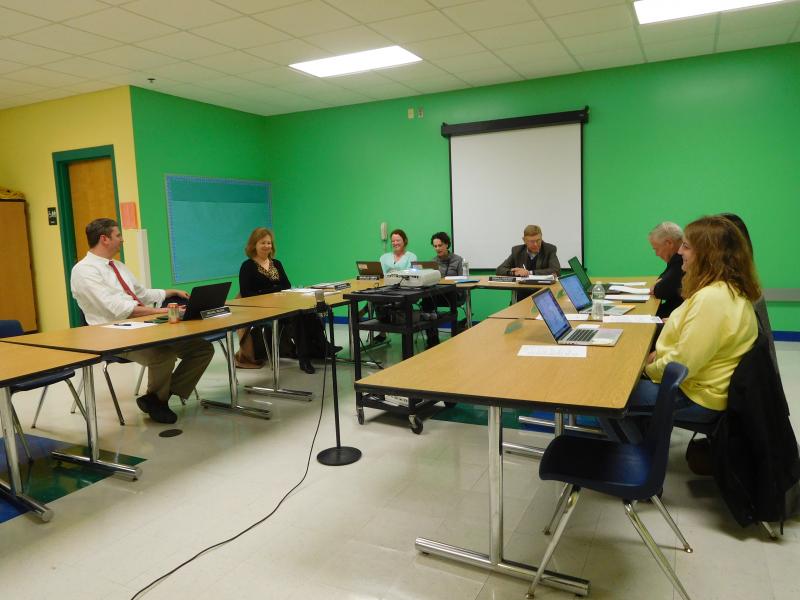Marion School Committee looks to improve already solid MCAS scores
MARION — Recently released MCAS test results presented Sippican School with another great report card — and some motivation for educators to focus on math and attendance.
At an Oct. 17 school committee meeting Elise Frangos, the Assistant Superintendant of Curriculum and Instruction, Sippican School principal, Evelyn Rivet, and vice principal Sarah Goerges broke down how the Department of Education changed its MCAS evaluation standards and Sippican School’s results.
Overall, the school met targets and a high number of students at each grade level met or exceeded the state benchmarks, though it had room for improvement with attendance and math standards.
Previously, schools were ranked from one to five, with one being the highest level. Sippican School consistently ranked as a one or two, but the state decided to move away from that system because it shamed low-performing schools.
Schools are now evaluated on four indicators, which include achievement in English, math and science tests; student growth; English language proficiency and the number of students who miss more than 10 percent of the school year.
Frangos explained that one of these indicators was less important to Sippican School. English language proficiency accountability standards do not heavily impact Sippican scores because there are so few English learners at the school.
Under the new system, students are marked as chronically absent if they miss more than 18 days. Because this indicator accounts for 10 percent of the school’s score, administrators plan to increase outreach to families to make sure that kids are staying in school.
To determine how the school is doing overall the new system also looks at all four of these indicators for all students and for the school’s lowest performing students. Both of these categories are weighted equally in determining the school’s overall target percentage. New standards also changed how the state classified the lowest performing students. Previously they were categorized as English language learners, economically disadvantaged or by other specific categories. Now the state uses one general category for lowest performing students.
When the indicators were totaled Sippican School earned 84 percent of possible points for all students and 80 percent of possible points for their lowest performing students, for an average of 82 percent.
“There are always things we can improve, but overall Sippican did an excellent job,” said Christine Marcolini, school committee chair.
Rivet identified several strategies to help the school improve for next year. One is an “empowering writing” program, which uses common feedback language across grades and the curriculum to improve how students express themselves.
Another is the Everyday Math program, which the school plans to re-evaluate and compare to programs at similar schools amid concerns that it is less effective.
The school also has a common assessment standard that enables it to track student data in Google Sheets to focus teacher training hours on what will help their struggling students.
The school also receives Title 1 funding to assist its economically disadvantaged students. Committee members noted at the meeting that the thrice weekly tutoring sessions were effective and led to enormous growth.
The school plans to expand the program to the sixth grade as well as a result.














